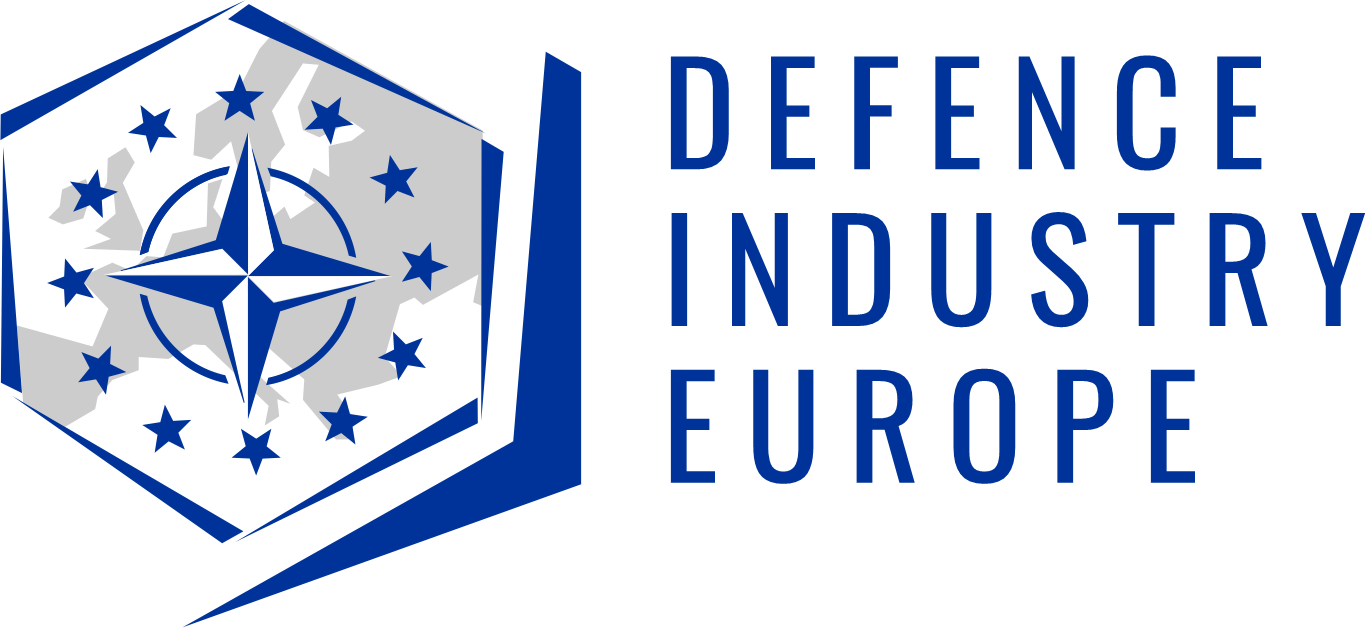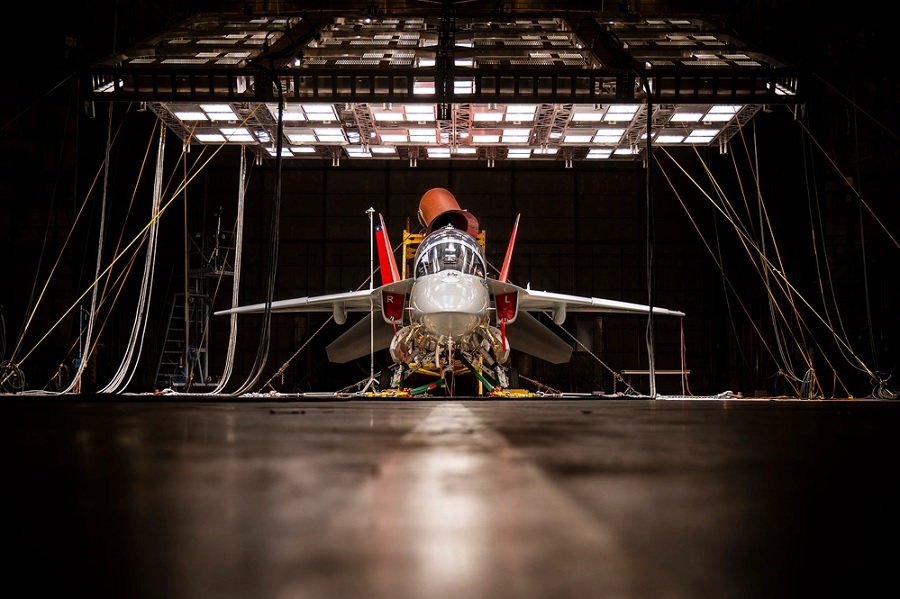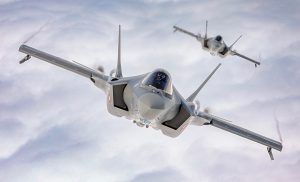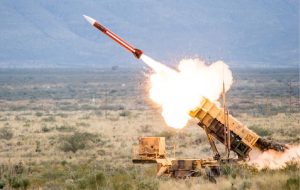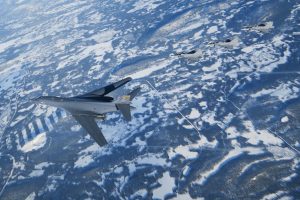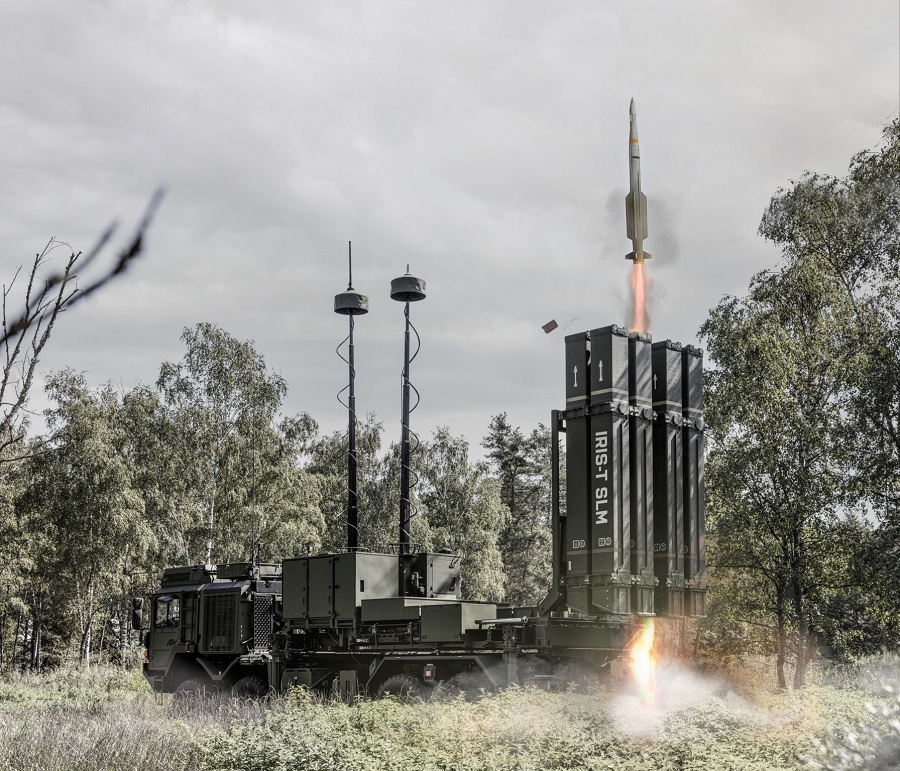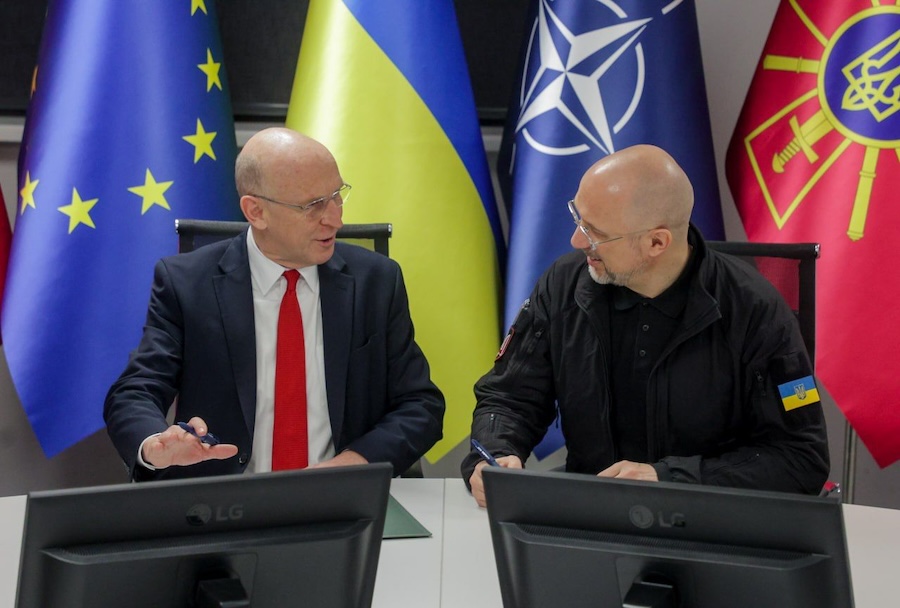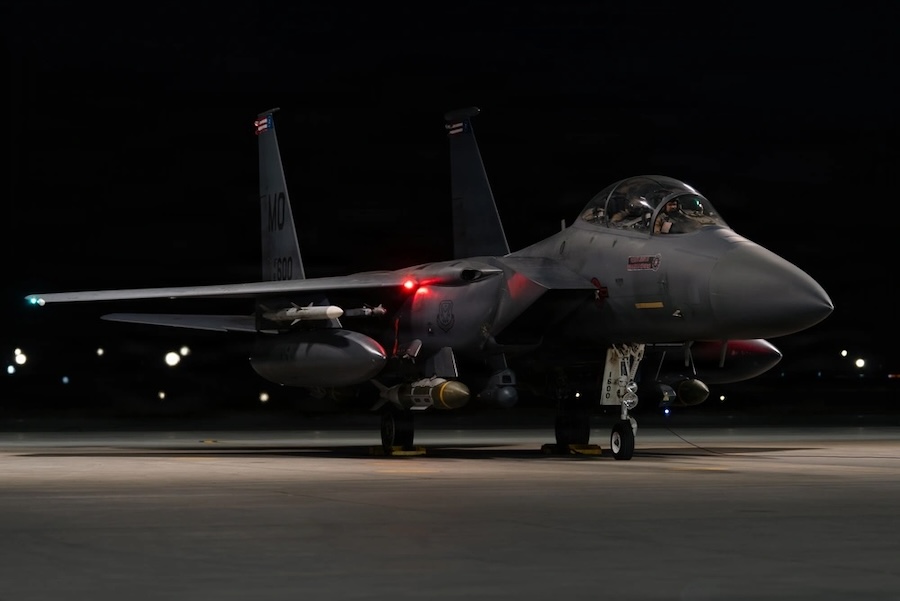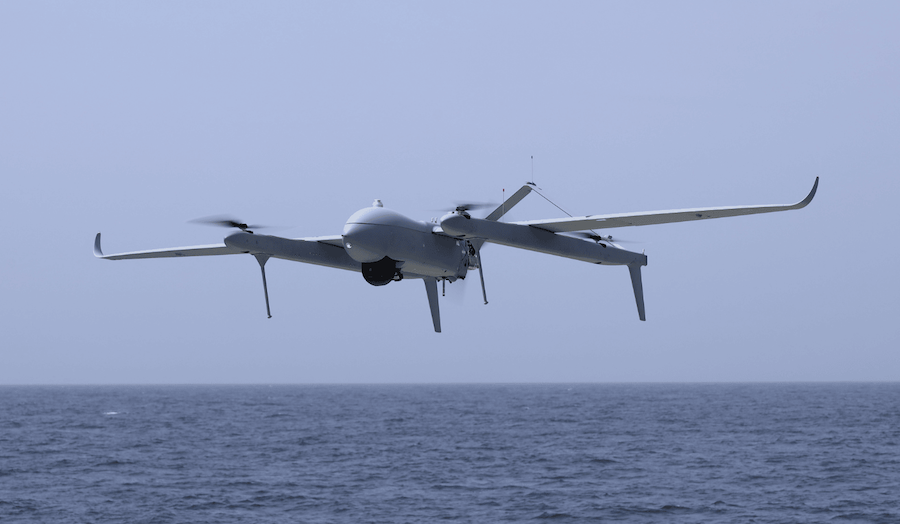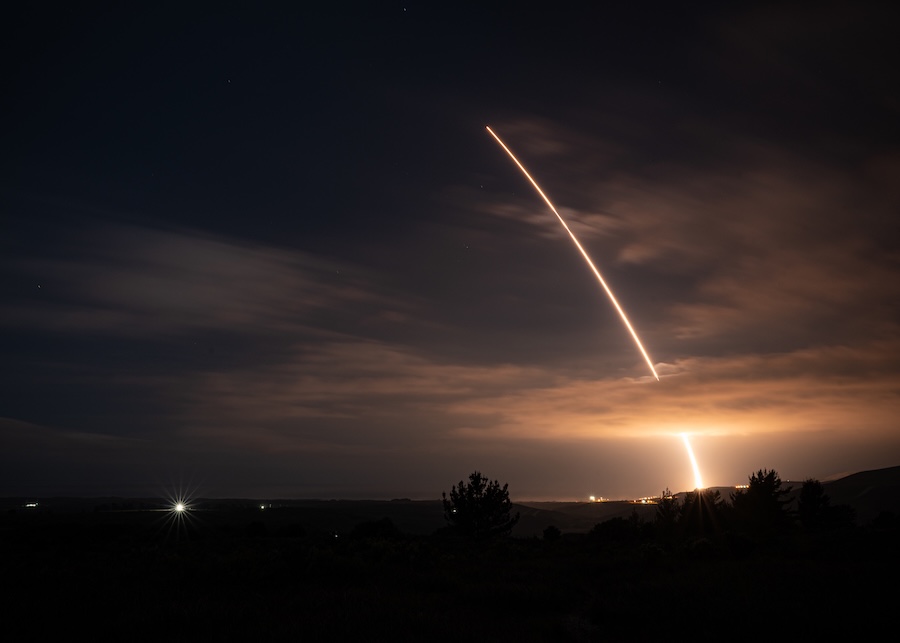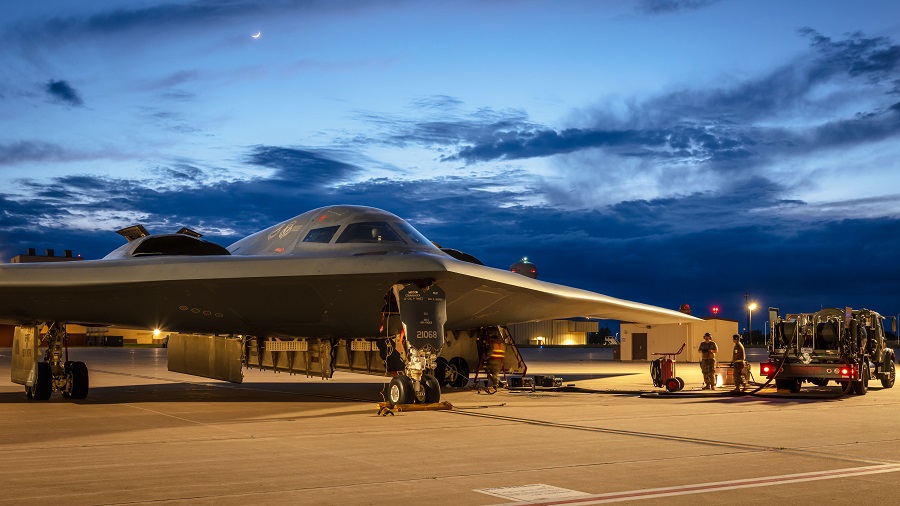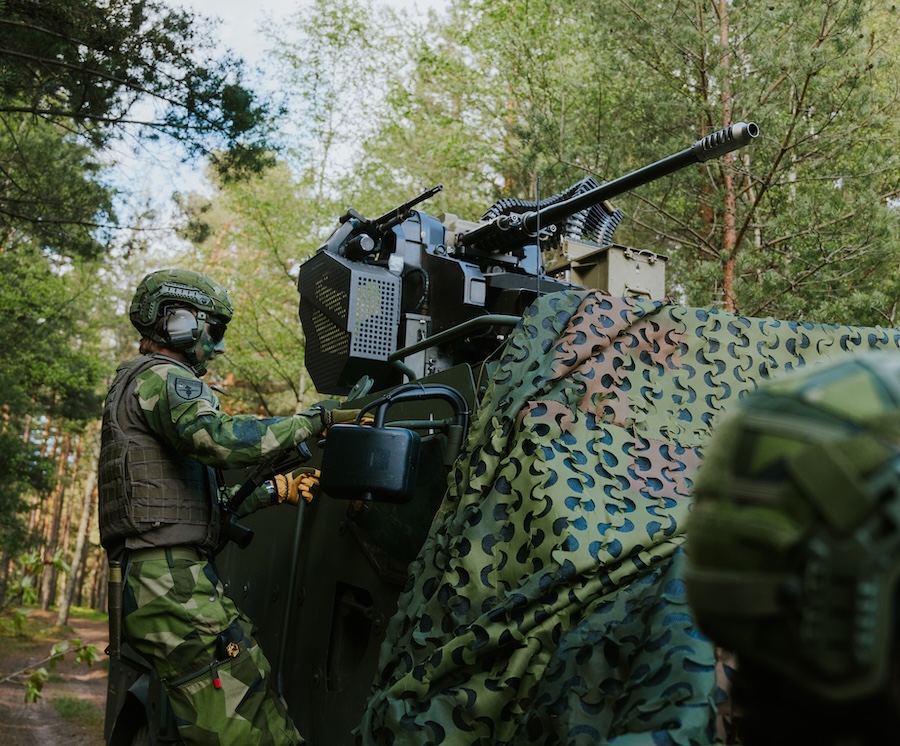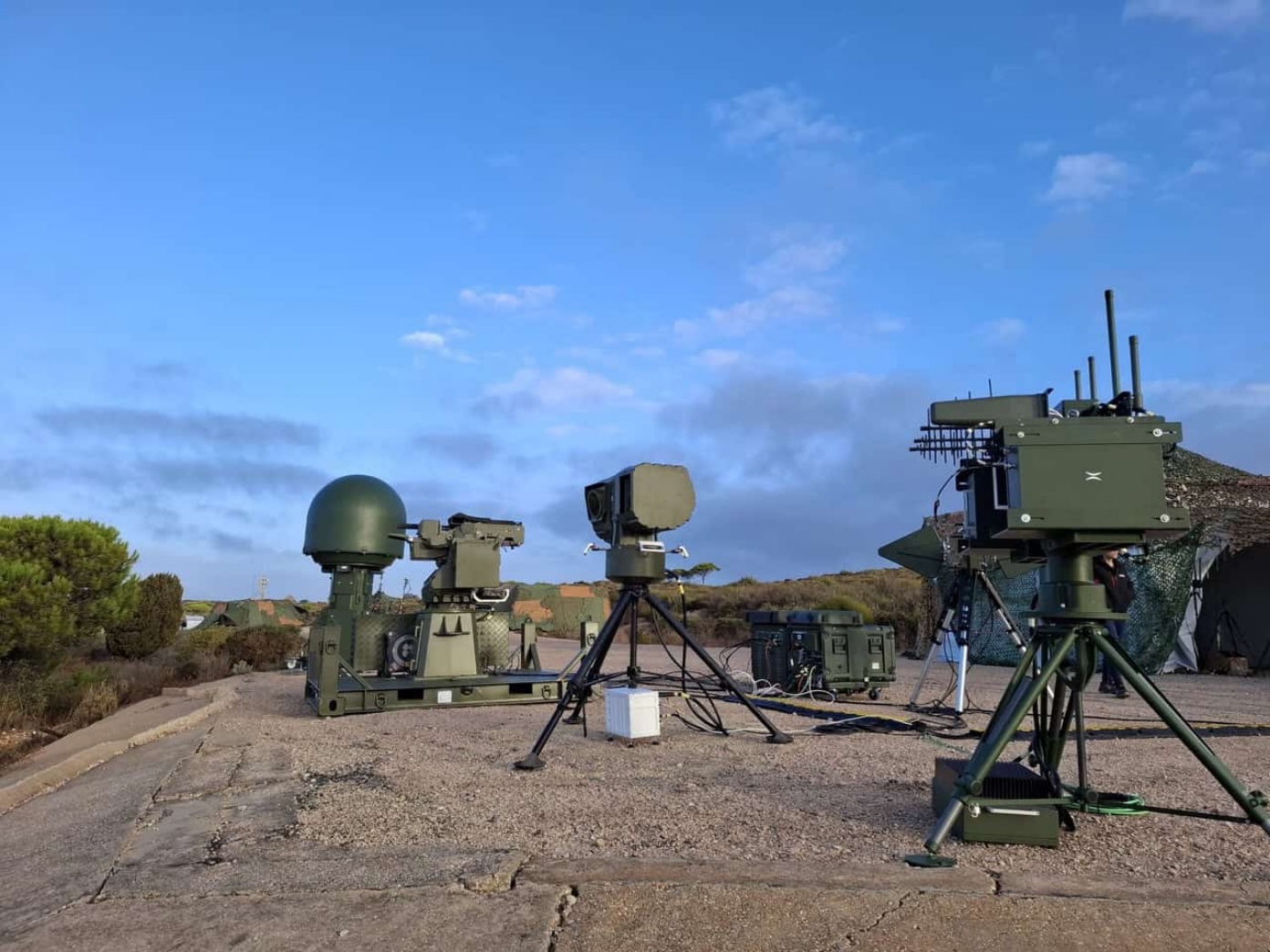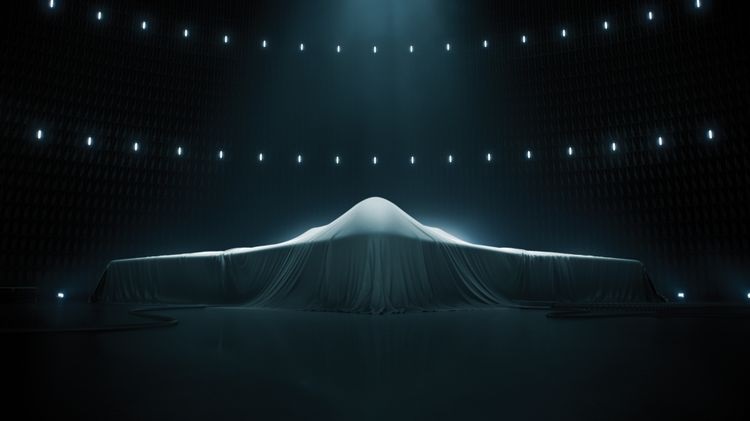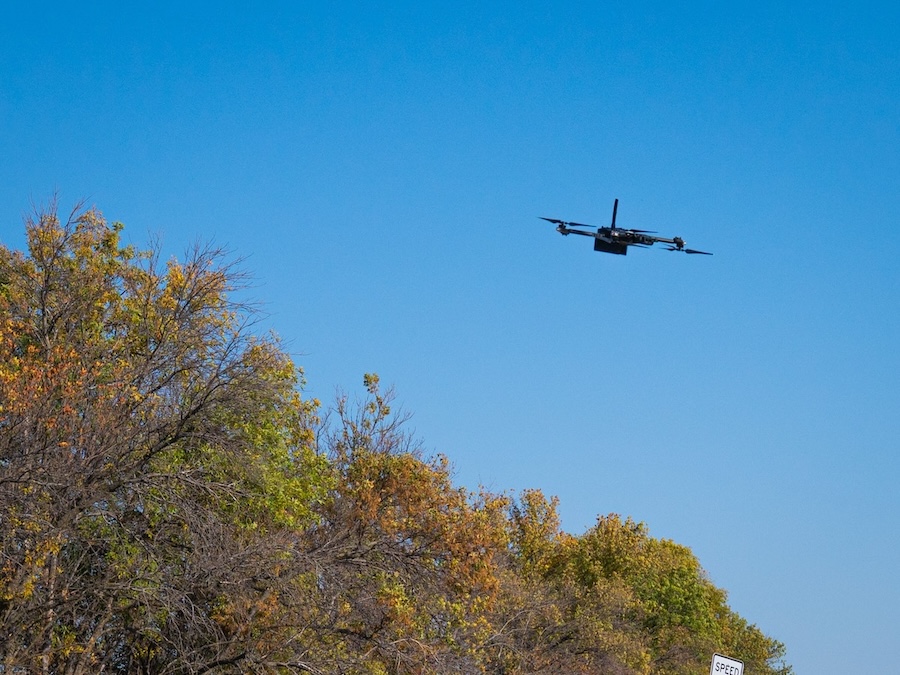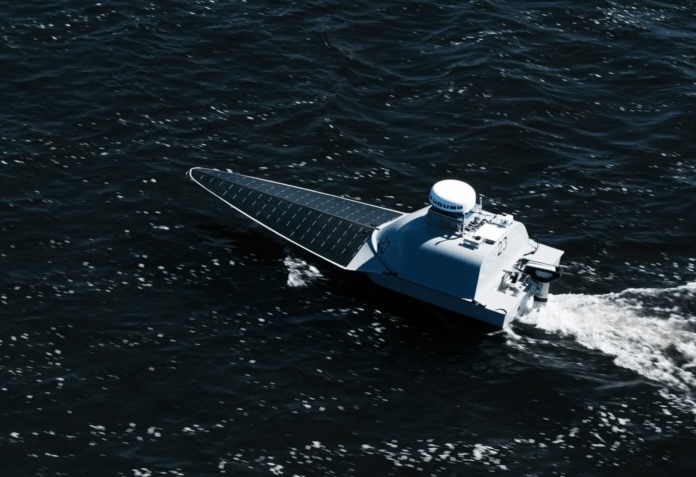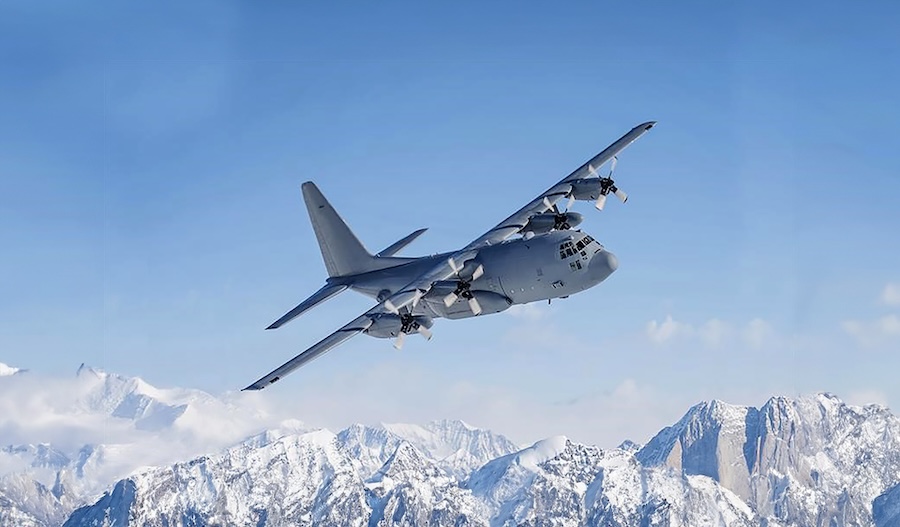During testing, the Boeing-developed aircraft withstood temperatures ranging from 110 degrees Fahrenheit to minus 14 degrees, alongside exposure to cockpit icing and 190 mile-per-hour wind streams. These extreme weather conditions were artificially generated inside the lab’s expansive 55,000 square foot test chamber.
This latest test phase focused on validating the Red Hawk’s sustainability and reliability across representative operational climates. “Our goal is to ensure the T-7A Red Hawk is fully capable and ready to perform its mission in representative climates. These extreme weather tests are a critical step in achieving that objective,” said Mike Keltos, Director of Test & Evaluation for the Air Force Life Cycle Management Center’s Training Directorate.
To simulate flight through severe icing conditions, the lab installed an icing spray system and wind tunnel that blew clouds of subfreezing air across the aircraft canopy at speeds exceeding 160 knots. This procedure tested whether pilots retain sufficient visibility for safe flight and landing in cold environments.
Lab technicians spent a significant portion of the schedule preparing the chamber to create and recreate a variety of weather conditions, including intense heat and freezing temperatures. These environments were achieved through continuous efforts by McKinley’s skilled personnel in under one month.
“McKinley Climatic Laboratory maintains quickness and technical proficiency by retaining our own staff of highly experienced welders, machinists, electricians, instrumentation experts, test assembly personnel and refrigeration operators,” explained Melissa Tate, the lab’s flight chief. “Our main mission is to support the warfighter and to ensure any environment they encounter in the field; their equipment has already been proven in those extremes.”
In adapting to each new test item, the laboratory’s crews remain flexible and innovative, meeting specific testing requirements as they arise. The T-7A test process was no exception, with logistics and maintenance teams ensuring smooth execution throughout, according to Tate.
Keltos noted that the T-7A is expected to replace the T-38C, significantly enhancing the Air Force’s training capabilities. “The T-7A will replace the T-38C, drastically improving training capability for the next generation of fighter and bomber pilots and will better prepare student pilots to advance into fourth and fifth generation fighter and bomber aircraft,” he stated.

